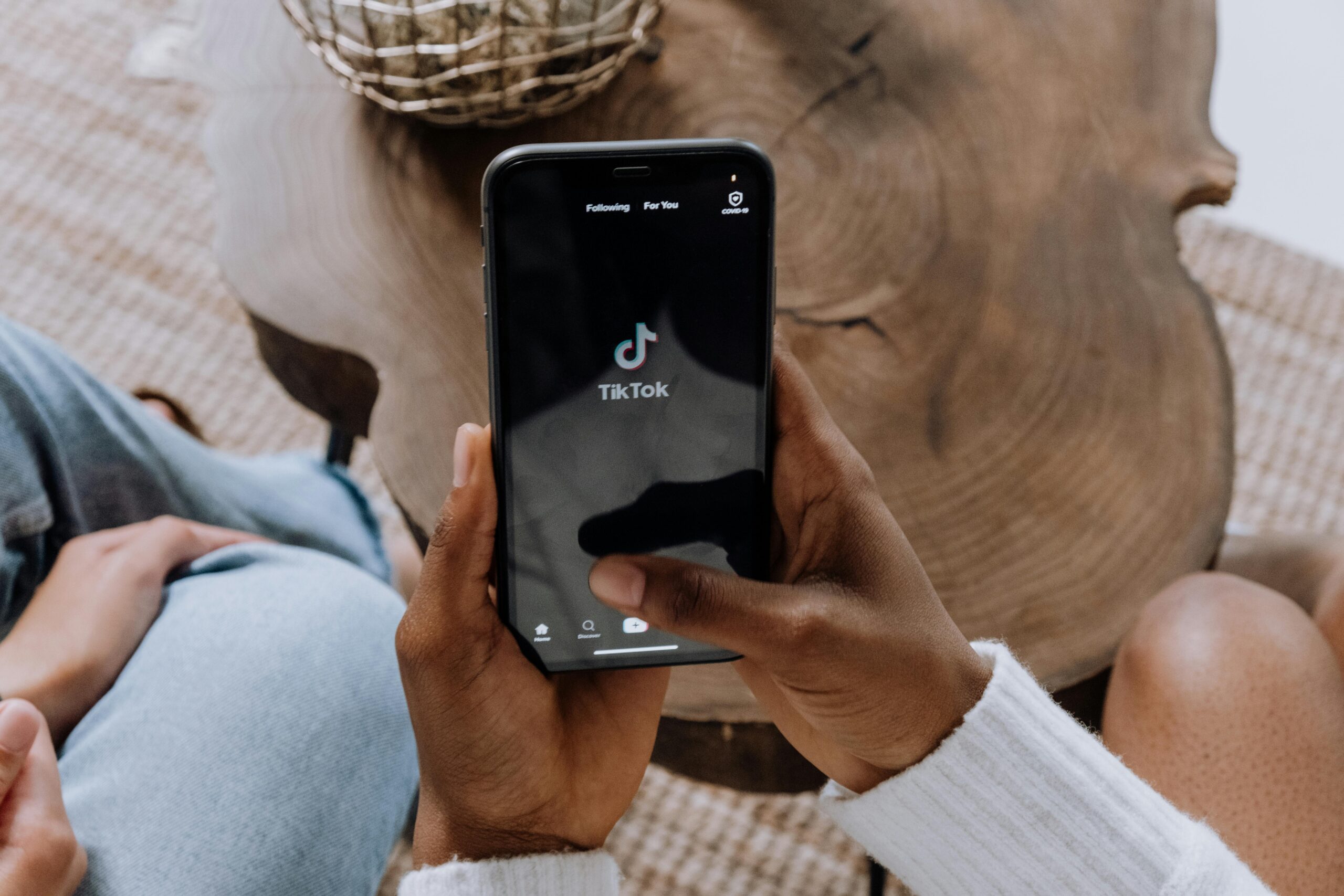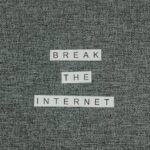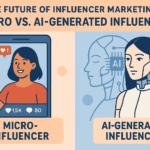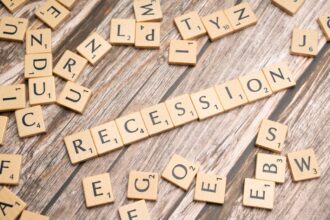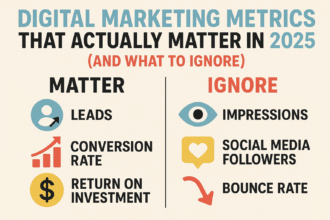Paid Ads in 2025: What’s Working Across Google, Meta, and TikTok
The digital advertising landscape is undergoing a revolution so profound that strategies that worked just 12 months ago are now dangerously obsolete. In 2025, paid advertising is no longer a simple game of keyword bidding and demographic targeting. It has evolved into a complex, AI-driven ecosystem where predictive analytics, hyper-personalized creative, and cross-platform customer journeys dictate success. For marketers, the stakes have never been higher, with advertising costs continuing to climb and consumer attention spans shrinking to mere seconds.
This seismic shift is driven by the convergence of three powerful forces: the total dominance of AI and machine learning in campaign management, the radical privacy-first overhaul of tracking and measurement, and the insatiable consumer demand for authentic, value-driven content. Navigating this new world requires a deep, platform-specific understanding of what truly moves the needle.
This comprehensive guide dissects the paid advertising strategies that are delivering exceptional ROI across the three titans of digital marketing: Google, Meta, and TikTok. We will move beyond superficial tips and dive into the data-driven tactics, creative formats, and measurement frameworks that are defining success in 2025.
The 2025 Paid Advertising Landscape: Key Trends Shaping Strategy
Before analyzing each platform, it’s crucial to understand the macro-trends influencing all digital advertising.
1. The Absolute Reign of AI and Automation: Campaign management is now almost entirely automated. In 2025, the marketer’s role has shifted from manual bid adjustment to AI orchestration—training algorithms with first-party data, defining strategic goals, and creating high-quality inputs. Google’s Performance Max, Meta’s Advantage+ suite, and TikTok’s Smart Performance Campaigns have become the default, not the exception. Success hinges on your ability to feed these machines the right data and creative assets.
2. The Privacy-Powered Paradigm: The complete deprecation of third-party cookies and stringent privacy laws have forced a rebuild of the measurement stack. Marketers now rely on a combination of AI-powered attribution modeling, server-side tracking, and platform-specific conversion APIs to gauge performance. First-party data is the new gold standard, making lead generation and customer relationship management (CRM) integration more critical than ever.
3. Creative is the New Targeting: With targeting capabilities constrained by privacy changes, the burden of performance has fallen squarely on creative. Platforms now use creative assets as signals for their algorithms to find high-value audiences. Dynamic Creative Optimization (DCO), which automatically generates and tests thousands of ad variants, is now a standard feature across all major platforms.
4. The Commerce-Everywhere Model: Social commerce has matured from a buzzword to a fundamental sales channel. Shoppable ads, in-app checkout, and live shopping integrations are now seamless on Meta and TikTok, while Google has deeply integrated shopping features across its Search, YouTube, and Discovery networks.
Deep Dive: Google Advertising in 2025
Google remains the titan of intent-based marketing, but its ecosystem has become vastly more complex and automated.
What’s Working: Google’s 2025 Winners
1. Performance Max (PMax) Mastery: PMax has evolved from a controversial black box to Google’s most powerful campaign type. The key to success in 2025 is asset diversity and quality.
* Best Practice: Feed the algorithm a minimum of 5 headlines, 5 descriptions, 5 landscape images, 5 square images, 2 videos (15-30 sec), and a logo. Utilize the AI-generated asset feature to fill gaps, but always prioritize high-quality, original creative.
* Data Foundation: The campaign’s performance is directly tied to the depth of your first-party data. Leveraging customer match lists (email subscribers, past purchasers) and offline conversion tracking is non-negotiable for driving upper-funnel traffic toward profitable action.
2. YouTube Shorts & Connected TV (CTV) Synergy: YouTube has successfully monetized its Shorts format, making it a powerhouse for reach and influence.
* Creative Approach: Ads must be crafted natively for the vertical, sound-on, short-form format. The first 3 seconds are critical. Use bold text overlays and capitalize on trending audio.
* Strategy: Use YouTube Shorts for broad top-of-funnel awareness and then deploy video action campaigns to retarget engagers with longer-form content on YouTube proper or CTV, effectively guiding users down a video-centric funnel.
3. Search Generative Experience (SGE) Optimization: Google’s AI-powered search results have changed the SEO and SEM game.
* Adaptation: Ads are now integrated within and around SGE responses. Marketers must optimize for conversational long-tail keywords and question-based queries. The goal is to have your product or service featured as a source within the SGE panel, which often includes paid placements.
* Example: A travel company might bid on “best sustainable resorts in Costa Rica for families” and ensure their ad copy directly answers that multifaceted query to be placed prominently by the AI.
Case Study: Modern Nursery’s PMax Success
A direct-to-consumer nursery furniture brand shifted 80% of its Google Search budget to Performance Max campaigns. By integrating their Shopify product feed with real-time inventory, uploading a rich library of user-generated content and professional video assets, and feeding PMax with high-value customer segment data, they achieved a 38% increase in return on ad spend (ROAS) within one quarter. The AI efficiently allocated budget across YouTube, Discovery, Gmail, and Search, finding new customers they had previously missed with manual campaigns.
Deep Dive: Meta Advertising in 2025
Meta has successfully navigated privacy headwinds by doubling down on AI and becoming an entertainment and commerce hub.
What’s Working: Meta’s 2025 Winners
1. Advantage+ Shopping Campaigns (ASC): This is Meta’s answer to PMax and its most reliable driver of e-commerce sales.
* Setup: After consolidating their catalog, a fashion retailer launches an ASC campaign with a broad audience (e.g., women aged 18-55+ in the United States). Meta’s algorithm, powered by the Meta Lattice AI model, then hunts for converters across Facebook and Instagram.
* Creative is King: ASC thrives on volume. The brands seeing the best results are A/B testing up to 150 creative variations per week, mixing carousels, single images, and short videos shot specifically for Reels.
2. AI-Powered Audience Targeting: While detailed targeting is less precise, Meta’s AI has become brilliant at finding customers.
* Best Practice: Use Advantage+ Audience. Instead of layering numerous narrow interests, provide a few baseline signals (e.g., a broad age/geo demographic and one or two core interests) and let the algorithm expand from there. It analyzes countless signals (onsite behavior, engagement patterns) to find lookalikes you wouldn’t have manually considered.
3. Reels, Reels, Reels: Instagram Reels are the primary driver of engagement and discovery on the platform.
* Ad Placement: Prioritizing Reels Placements is essential. Ads must feel native—authentic, entertaining, and value-led. The hard sell is dead. The most effective ads look like organic content from a creator, seamlessly blending into the user’s feed.
* Sound Strategy: 90% of Reels are watched with sound on. Designing ads with compelling audio—whether it’s a trending song, a clear voiceover, or crisp sound design—is critical for success.
4. Messaging and Conversational Ads: With the rise of AI chatbots, click-to-message ads have become a high-converting lead gen channel.
* Flow: Users click “Send Message” on an ad, which opens a Messenger conversation with an automated AI chatbot. This bot can qualify leads, answer FAQs, and book appointments 24/7, passing warm leads directly to your CRM or sales team.
Deep Dive: TikTok Advertising in 2025
TikTok has solidified its position as the culture-setting platform, and its advertising tools have matured to offer robust performance solutions.
What’s Working: TikTok’s 2025 Winners
1. TikTok Pulse & Contextual Targeting: TikTok’s flagship program, Pulse, ensures ads appear in the top 4% of all videos within specific, brand-safe content categories (e.g., gaming, beauty, food).
* Why it Works: This allows for contextual targeting at its finest. A sports drink brand can ensure its ad runs alongside the most popular fitness content, capturing audience attention when they are most receptive to the message.
2. Spark Ads: The undisputed champion of TikTok advertising. Spark Ads allow you to put ad spend behind an organic post made by your brand or, more powerfully, by a creator.
* Authenticity Boost: This format retains the creator’s username and caption, making the ad indistinguishable from organic content. This native feel generates significantly higher engagement and trust than standard in-feed ads. In 2025, the best-performing TikTok strategies allocate at least 50% of their budget to Spark Ads sourced from creator partnerships.
3. LIVE Shopping Integration: TikTok LIVE has become a direct revenue driver.
* Strategy: Brands partner with relevant creators to host entertaining LIVE events. During the stream, product pins appear on-screen, allowing viewers to purchase featured items without leaving TikTok. This combines entertainment, social proof, and frictionless commerce into a powerful conversion engine.
4. Smart Performance Campaign (SPC): TikTok’s fully automated campaign type, designed for conversion objectives.
* Usage: Similar to PMax and ASC, SPC requires marketers to set a goal (e.g., purchases) and provide a large creative budget and diverse array of assets. TikTok’s algorithm then tests and learns at an unprecedented speed, quickly identifying winning creative and audience combinations.
Case Study: Glow Recipe’s TikTok LIVE Success
The skincare brand Glow Recipe partnered with dermatologist and TikTok creator @Dr.MarenLocke for a LIVE Shopping event. During the 45-minute “Glow Up Clinic” LIVE, Dr. Locke answered viewer skincare questions and demonstrated products. The live, unscripted nature and the creator’s expert credibility drove massive engagement. The event generated over 1.2 million views and a 5x return on ad spend (ROAS) from the products pinned during the stream, showcasing the immense power of authentic influencer collaboration combined with shoppable media.
The Winning Cross-Platform Strategy for 2025
The most sophisticated advertisers don’t see these platforms in isolation. They build integrated funnels.
- Top of Funnel (Awareness): Use TikTok Spark Ads and YouTube Shorts to generate mass, cheap reach and build brand affinity with entertaining content.
- Middle of Funnel (Consideration): Retarget video engagers and website visitors with more informative Meta Reels Ads and YouTube CTV ads that detail product benefits and social proof.
- Bottom of Funnel (Conversion): Drive final conversions with automated, bottom-funnel campaigns: Google Performance Max (capturing intent across Google’s network) and Meta Advantage+ Shopping Campaigns (capturing intent on social).
This approach allows each platform to play to its strength while creating a cohesive, multi-touch customer journey.
Conclusion: Mastering the Triad of Paid Ad Success in 2025
The era of siloed, manually managed campaigns is over. Success in paid advertising across Google, Meta, and TikTok in 2025 is defined by a marketer’s ability to embrace three core principles:
- Surrender to the Machine: Trust the AI. Your role is to become a master of inputs—providing robust first-party data, diverse and high-quality creative assets, and clear business objectives—and then let the algorithms optimize towards your goals.
- Invest in Creative Brilliance: Creative is no longer a support function; it is the primary driver of performance. Build a system for constant creative experimentation, production, and analysis. Allocate budget for creator partnerships, especially on TikTok and Meta.
- Build Connected Journeys: No single platform can do it all. Architect a cross-platform strategy that leverages the unique strengths of each—TikTok for authentic reach, Meta for social commerce, and Google for capturing intent—to guide users seamlessly from discovery to purchase.
The platforms will continue to evolve, but these foundational elements will remain critical. By adopting an AI-first, creative-centric, and cross-channel mindset, you can not only adapt to the changes of 2025 but thrive within them.
Ready to transform your paid ad strategy? Begin by conducting a platform audit. Identify which of these winning tactics you’re already using and where you have the biggest gaps. Then, prioritize one test—perhaps a Performance Max campaign fed with new creative or a TikTok Spark Ad from a micro-influencer. The future of advertising is here, and it belongs to those who adapt fastest.
Frequently Asked Questions (FAQ)
Q1: With all this automation, what is the actual role of a paid media specialist in 2025?
A: The role has shifted from manual executor to strategic analyst and AI trainer. Specialists are now responsible for setting the overall strategy, defining audiences and goals, curating and producing high-quality creative assets for the AI to test, analyzing performance data to glean insights, and managing budgets across platforms. The focus is on creativity, data interpretation, and strategic oversight.
Q2: How can I accurately measure cross-platform attribution without third-party cookies?
A: The solution is multi-faceted. Most marketers now use a combination of:
- Platform-Specific APIs: Using Meta’s Conversion API, Google’s Enhanced Conversions, and TikTok’s Events API provides more reliable first-party data transmission.
- AI-Driven Attribution Models: Platforms like Google Analytics 4 use data-driven attribution models that use machine learning to assign credit to various touchpoints.
- Incrementality Testing: Running holdout tests (where you show ads to one group and not another) is considered the gold standard for understanding the true uplift driven by your ads.
Q3: What is the ideal video length for ads on Meta Reels and TikTok in 2025?
A: While short and punchy (15-21 seconds) is still the dominant format for top-of-funnel awareness, there’s a growing trend of high-performing longer-form content (45-60 seconds) that tells a more compelling story for mid-funnel consideration. The key is to capture attention in the first 1-2 seconds, regardless of total length. Always A/B test different lengths for your specific audience.
Q4: My Google Search Ads seem to be getting fewer clicks since the rollout of SGE. How should I adapt?
A: This is a common challenge. Focus on:
- Targeting Long-Tail, Question-Based Keywords: Optimize for the conversational queries that SGE is designed to answer.
- Structured Data: Implement thorough schema markup on your website to help Google’s AI understand your content and potentially feature it in SGE results.
- Diversify Campaign Types: Don’t rely solely on Search. Invest in PMax and YouTube to capture demand across the entire Google ecosystem.
Q5: How important is it to have a dedicated budget for influencer-generated content for Spark Ads?
A: It is extremely important and should be considered a core component of your advertising budget, not an optional add-on. Authentic, creator-driven content consistently outperforms brand-created content on TikTok and is highly effective on Meta Reels. Building a network of micro- and macro-influencers to generate a steady stream of authentic content is one of the highest-ROI investments a brand can make in 2025.
